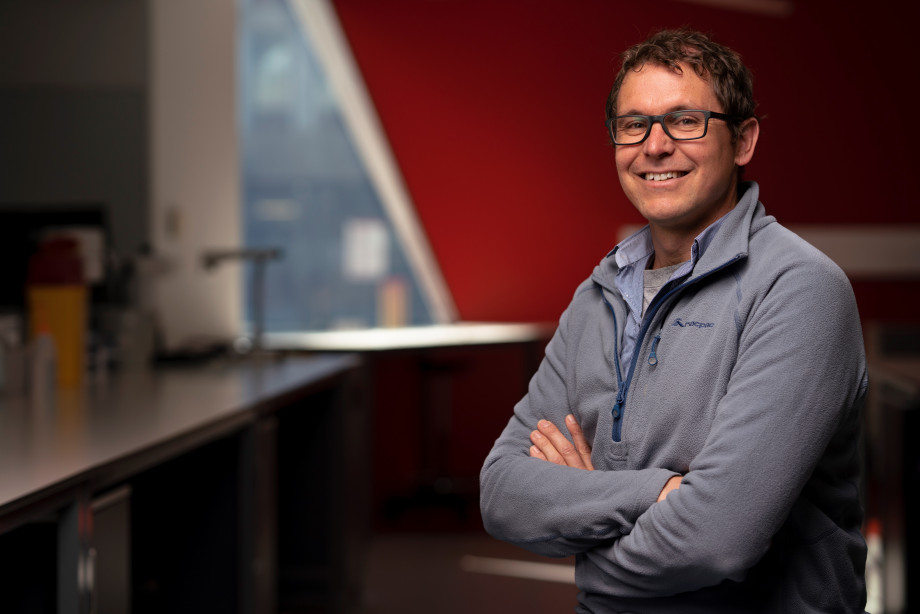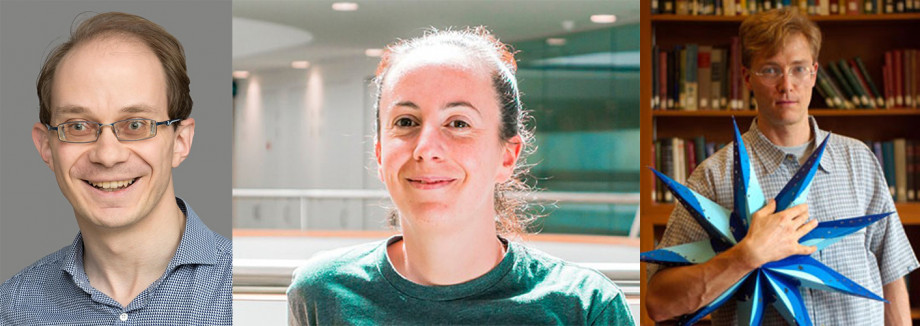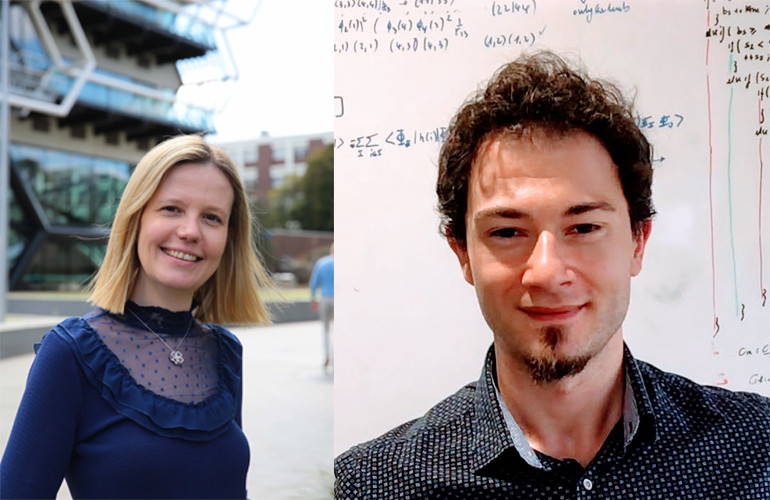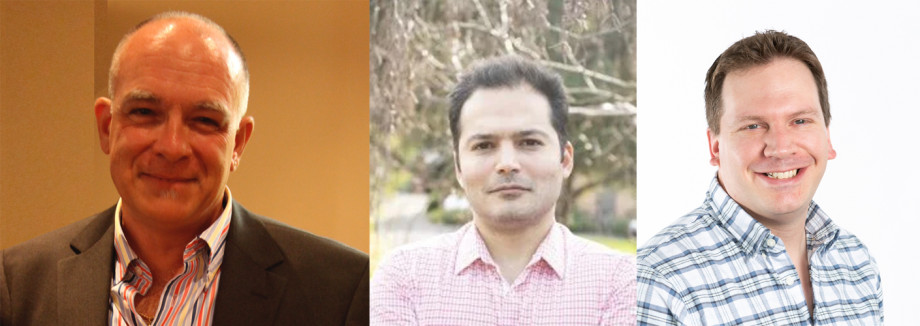NCI Australia is proud to support incredible Australian research through the 2021 Australasian Leadership Computing Grants (ALCG). The highly competitive Grants will allow researchers to work on some of the most complex problems facing science today. The five successful projects will use the ALCG allocations to accelerate their research and produce unprecedented results at incredible resolution.
Read the whole 2021 ALCG announcement.
Watch a summary video of the five recipients.
The five recipients of the 2021 Australasian Leadership Computing Grants are:
- Professor Ben Corry, The Australian National University – Predicting the next coronavirus outbreak
- Professor Alan E Mark, University of Queensland – Understanding organic semiconductor morphology at an atomic level: Simulating the formation of realistic devices
- Dr Bernhard Müller, Monash University – High-resolution Core-Collapse Supernova Simulations
- Associate Professor Ekaterina Pas, Monash University – Design of Phase Change Materials of the Future
- Professor Julio Soria, Monash University – High-fidelity direct numerical simulation of high Reynolds number turbulent thermal boundary layer flow with distributed high energy sources: An analogy for high-fidelity simulations of bushfires
Research Project Details
Predicting the next coronavirus outbreak
Professor Ben Corry – The Australian National University
Mr Josiah Bones – The Australian National University
Dr Amanda Buyan – The Australian National University
Mr Matthew Witney – The Australian National University

COVID-19 has resulted in millions of deaths and created enormous social and economic upheaval. However, this is not the only coronavirus circulating in the world as there are a large number of coronaviruses in animal populations; and so far we cannot judge which of these will be dangerous to humans. This project will fill this knowledge gap by using computer modelling to determine which circulating viruses have the potential to generate future outbreaks, helping to avoid future pandemics and allowing pre-development of vaccines.
Understanding organic semiconductor morphology at an atomic level: Simulating the formation of realistic devices
Professor Alan E Mark – The University of Queensland
Professor Paul L Burn – The University of Queensland
Dr Martin Stroet – The University of Queensland
Dr Paul Shaw – The University of Queensland
Ms Audrey Sanzogni – The University of Queensland
Mr Abhay Sharma – The University of Queensland

The aim to understand how different manufacturing techniques affect the properties of certain semiconductors used in OLEDs, photovoltaic devices and sensors. The researchers will use computational techniques to replicate the physical processes that occur during manufacturing and thereby predict the effect of different production protocols on the properties of the final device. Because the active layers in these devices are so extremely thin the way the molecules are deposited has a large effect on how the molecules pack. This research has the potential to transform the way that thin-film devices are developed. Thin-film devices such as these can be used for efficient lighting systems, photovoltaic solar energy production and high-tech device innovation.
High-resolution Core Collapse Supernova Simulations
Dr Bernhard Müller – Monash University
Dr Jade Powell – Swinburne University
Professor Alexander Heger – Monash University

Core-collapse supernovae, the spectacular explosions of massive stars, are one of the grand challenges in computational astrophysics, a true multi-physics problem that involves multi-dimensional turbulent fluid flow, neutrino radiation transport, extremely strong magnetic fields, general relativity, and nuclear physics. This project aims to conduct high-resolution 3D simulations to investigate the effects of turbulence, magnetic fields, and general relativity on supernova formation. With models that set new standards in terms of numerical accuracy and physical completeness, the researchers seek to find a solution to the supernova “energy problem” and to reliably predict the properties of the leftover neutron star, the gravitational waves emitted from the supernova core, and the chemical elements made by nuclear fusion during the explosion.
Design of Phase Change Materials of the Future
Associate Professor Ekaterina Pas – Monash University
Dr Giuseppe Maria Junior Barca – The Australian National University

This project aims to design improved Phase Change Materials (PCMs) for use in heat storage and conversion in buildings and industry. These PCMs store and release heat as they melt and freeze. Carefully designed PCMs with very precise melting and freezing points have significant commercial value and environmental benefits as they reduce energy use for heating and cooling buildings, thereby reducing emissions from the housing sector. The research team will use world-leading software running on NCI’s entire set of Graphic Processing Units to efficiently investigate the properties of various promising PCMs, certain organic ionic salts.
High-fidelity direct numerical simulation of high Reynolds number turbulent thermal boundary layer flow with distributed high energy heat sources: An analogy for high-fidelity simulations of bushfires
Professor Julio Soria – Monash University
Dr Shahram Karami – Monash University
Dr Callum Atkinson – Monash University

This project aims to simulate the turbulent boundary layer of bushfires at high resolution, taking into account the interactions between different kinds of fuel sources and the atmosphere. Direct Numerical Simulations will be used to investigate flows of energy, mass and momentum within turbulent bushfire flows. Bushfires are complex to measure and predict. This research should help to provide detailed, physically accurate information about the processes occurring in and around a bushfire.